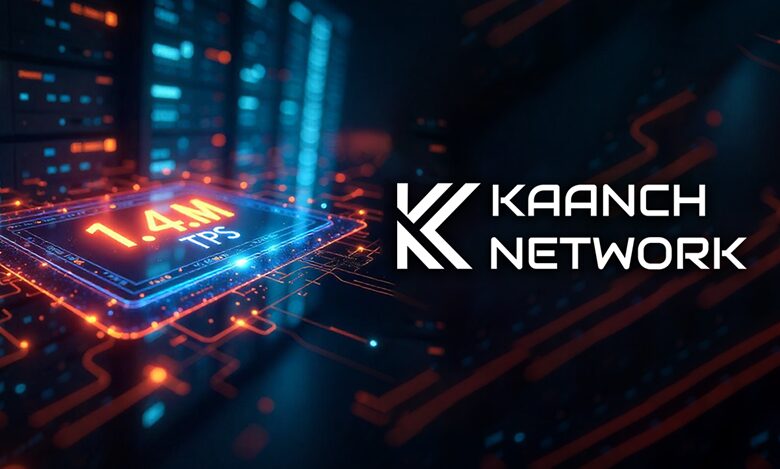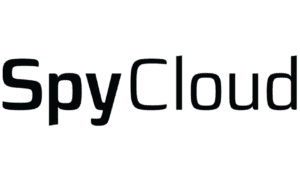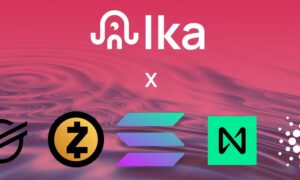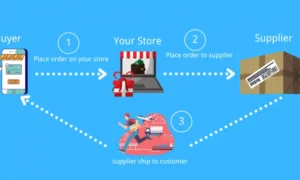For all the talk of crypto prices, it’s developers who drive the ecosystem forward. In 2025, builders aren’t just chasing TVL or meme traction — they’re choosing Layer 1 blockchains based on speed, documentation, scalability, governance, and long-term usability.
The best Layer 1s right now are those designed for developer experience from the ground up.
Here are five standout blockchains that developers are building on or watching closely in 2025.
1. Kaanch Network ($KNCH)
Status: Stage 6 Presale | Price: $0.32 | Listing: June 2025
Kaanch is a Layer 1 built specifically for performance, developer clarity, and real-time application logic. While still in presale, it’s offering live infrastructure — including staking, validator onboarding, and smart contract support — ahead of its exchange debut.
Why developers are paying attention:
- 1.4M TPS + 0.8s finality: instant feedback loops
- Native support for .knch domains: built-in identity & authentication
- 3,600 validators and DAO governance tools
- Cross-chain compatibility with ETH, SOL, and BNB
- Developer-focused docs and staking APIs in early rollout
This is one of the few presale projects that gives devs real tools before launch.
👉 Explore the presale and dev roadmap
2. Ethereum (ETH)
Status: Live | Longest-standing developer ecosystem
Still the heart of smart contract development. Ethereum’s EVM standard is supported across nearly every blockchain, and the depth of tutorials, grant programs, and open-source tooling is unmatched.
Why it remains a top choice:
- Industry standard for DeFi, NFTs, DAOs
- Massive Layer 2 ecosystem
- Vibrant grant and dev funding scene
- Strong security and community oversight
The downside? Gas fees and slower L1 finality unless using rollups.
3. Solana (SOL)
Status: Live | Performance-focused Layer 1
Solana has recovered from early network issues and is now leading in speed and UX. The introduction of Solana Mobile, along with low fees and fast confirmations, makes it attractive for consumer apps and games.
What devs love:
- Fast transaction speeds
- Strong tooling for NFT and DePIN ecosystems
- Vibrant app ecosystem and hackathons
- Anchor framework for more streamlined dev workflows
Best for builders who want performance and simplicity.
4. Sui (SUI)
Status: Live | Object-oriented smart contract model
Sui introduces a different approach to smart contracts using an object-based model, which allows more flexibility and composability. While newer, it’s growing among devs who want to break from EVM norms.
Key strengths:
- Fast, developer-friendly language (Move)
- Clear documentation and dev support
- Emphasis on gaming and real-time applications
Still early, but its programming flexibility is attracting experimentation.
5. Avalanche (AVAX)
Status: Live | Multi-chain scaling with subnets
Avalanche allows builders to launch custom subnets — individual blockchains optimized for specific apps. This flexibility is appealing to teams needing high control over how their dApps run.
Why devs choose AVAX:
- Customization via subnet
- High throughput and low fees
- Growing institutional presence
- Solid SDKs for building in Rust or Solidity
Perfect for builders who need application-specific infrastructure.
What Developers Want in 2025
Across all projects, here’s what’s becoming standard for developer traction:
- Low latency and fast finality
- Easy-to-follow documentation
- Native identity/authentication systems
- DAO and staking tools that are already integrated
- Low-cost experimentation (testnets, dev rewards)
- Active support and open feedback loops
Kaanch is one of the few early-stage Layer 1s offering these before launch, not as a future roadmap.
Final Thought
Developer adoption shapes the future of every blockchain. While Ethereum still leads, new chains like Kaanch are gaining ground by putting builders first from day one.
With $KNCH now in Stage 6 at $0.32 and listing just weeks away, it offers developers and early adopters a rare chance to participate in a fully structured Layer 1 — before the rest of the market catches up.
👉 Secure your spot in the Kaanch ecosystem


































